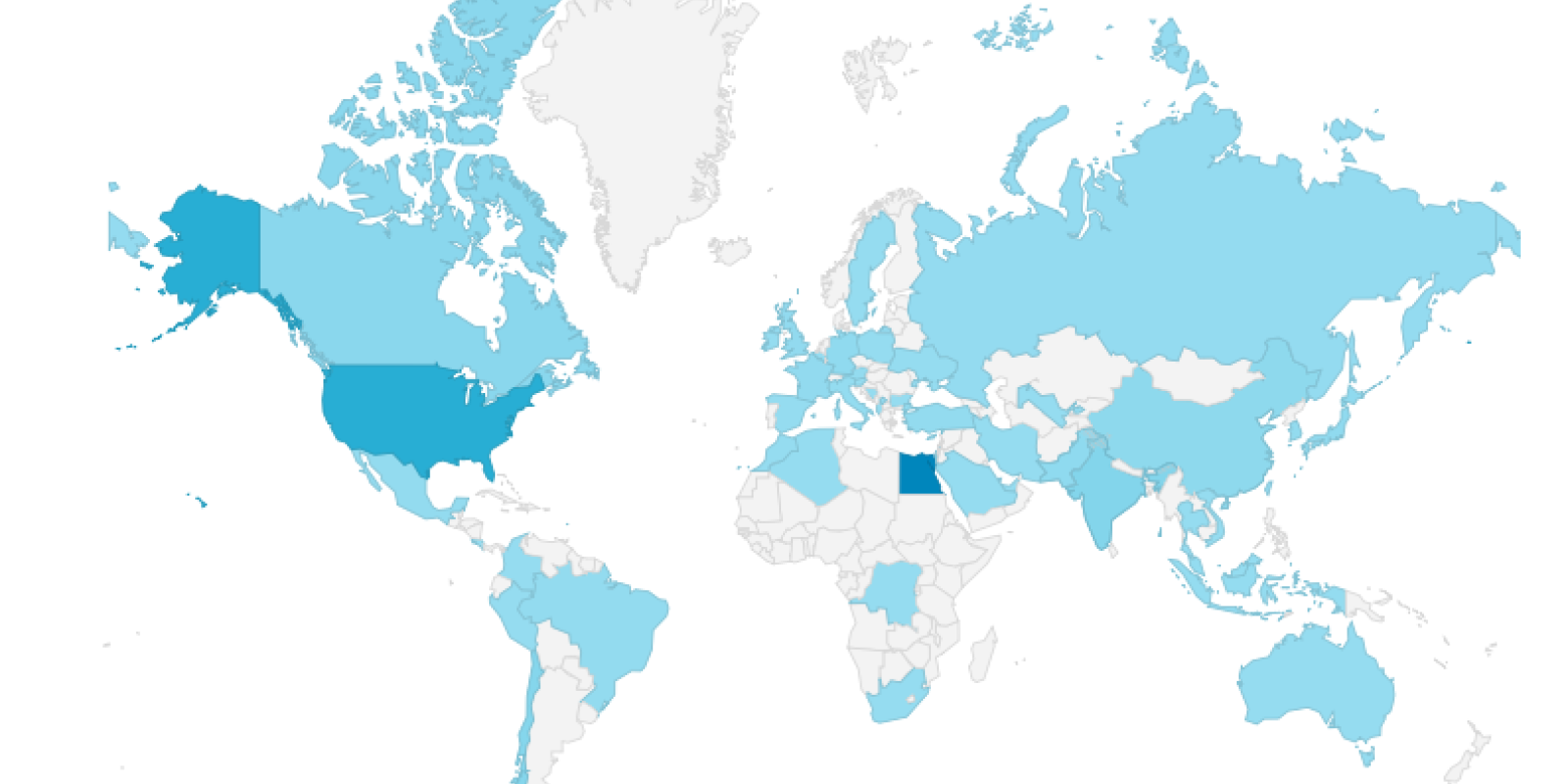
AUC, Brown University Develop Cloud V for Open-Source Digital Access
The Electronic Design Automation (EDA) research group at AUC and Brown University's Scale Computing Lab have developed a cloud-based, digital hardware design environment called Cloud V to utilize open-source academic materials and freely available EDA tools using standard and familiar web interfaces.
Cloud V is built using both open-source and homegrown EDA software tools. The ultimate goal of Cloud V is to reduce the design costs by relying on cloud infrastructure and collaborative design. It allows students to gain hands-on experience in digital design tasks and enhances the quality of teaching, since students focus on design activities instead of spending their time learning how to use new software tools. Students can also virtually access Cloud V anywhere using any connected computing device. The open-source nature of Cloud V provides educators with a single shared platform for their tutorial and design assignments.
“Teaching digital hardware design involves real challenges when preparing hands-on laboratory exercises,” said Mohamed Shalan, associate professor in AUC's Department of Computer Science and Engineering and head of the EDA research group at AUC. “Professional EDA tools for digital hardware usually require expensive licenses, special computing requirements for the laboratory workstations and complex administrator tasks. “
Cloud V has been used in teaching several computer engineering and computer science courses at AUC, including Digital Design I and II, Digital Design Lab, and Computer Architecture and its laboratory.
“During the ongoing COVID-19 pandemic, it made it easier for faculty and students to resume working on their digital hardware lab courses, as they mostly do their experiments using the cloud-based virtual design environment facilitated by Cloud V,” said Shalan.
Cloud V allows computer science students to use EDA tools through standard and familiar web interfaces without being physically in the laboratory. It also enables them to do their lab exercises and projects, anywhere, virtually using only a connected computing device like a laptop, desktop, or tablet — without the need for installation on their own devices.
“In late 2014, Professor Shalan approached me for building an online Integrated Development Environment for digital design," said Ahmed Agiza '17. "There have been some trial attempts before, but none moved forward long enough."
The main advantages of Cloud V is providing an online Integrated Development Environment in which no setup is required. User projects are hosted on the cloud, allowing for collaboration.
“I came up with the name Cloud V — standing originally for Cloud Verilog — and I started working on the early prototypes,” said Agiza. “We initially faced some challenges, as I was working alone with Professor Shalan, and I was still learning about the cloud field at the time. Eventually, Cloud V started to become more mature and was used throughout the digital design classes at AUC.”
Cloud V caught the attention of a crowdsourcing design platform for custom chips in California called Efabless, which hosted a custom version of Cloud V as an online service in their platform's flow.
“I was hired by Efabless as a senior consultant to maintain Cloud V and help with the whole flow integration and infrastructure,” added Agiza. “Shortly after, I applied for a PhD at Brown University to pursue academic research in the field and got accepted in Fall 2019 due to my experience in Cloud V.”
And Agiza is grateful for the opportunity. “I am thankful for the extensive experience in cloud solutions and digital design that shaped my skills and career. I also got the chance to gain invaluable guidance and support along the journey from great minds, such as Professor Shalan. Cloud V is a milestone in my life that I hope to continue contributing to, hoping for it be the leading platform for open-source hardware and digital design one day."
Cloud V is free and open to everyone. It is accessible at https://cloudv.io
The project is funded by a grant from the Academy of Scientific Research and Technology.
